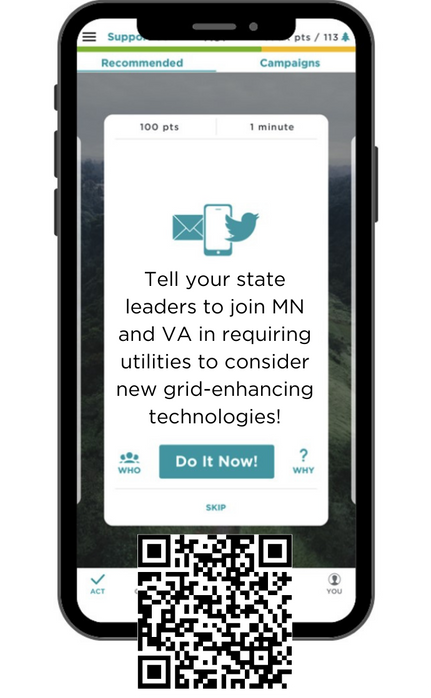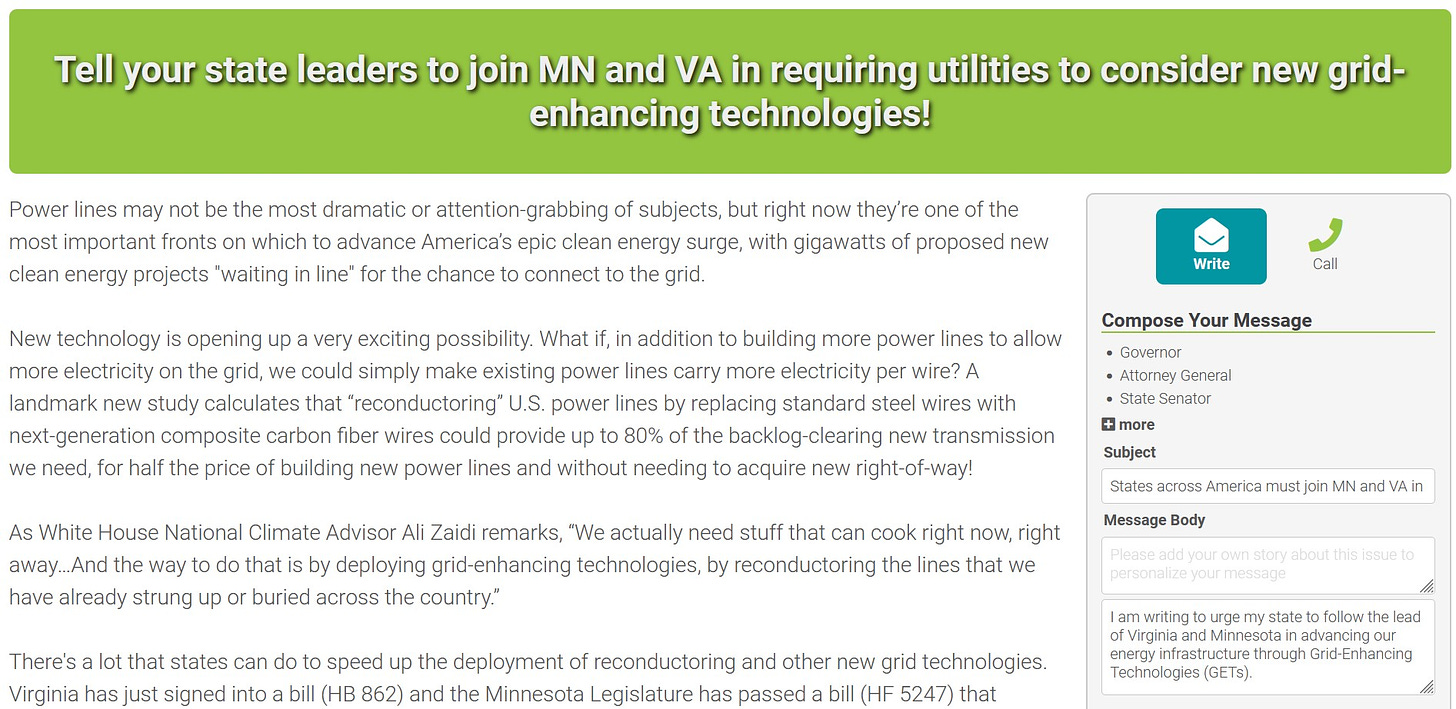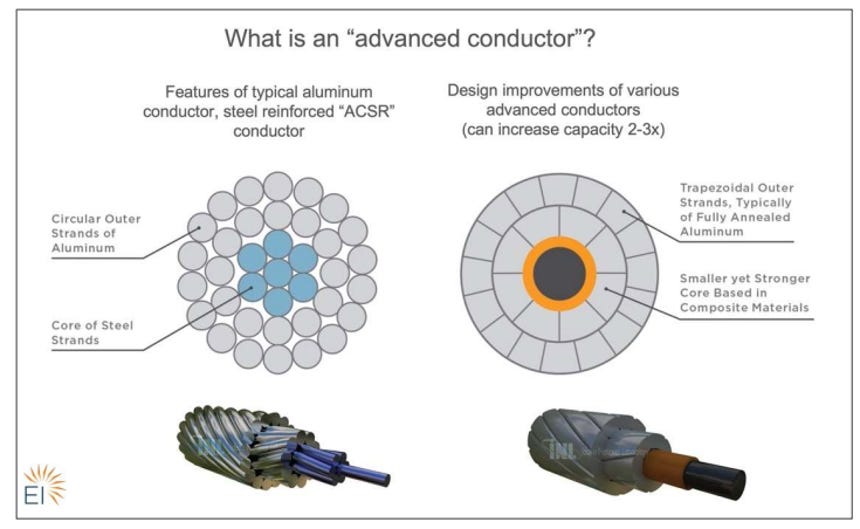A bigger, better grid is essential to the clean energy transition - and some amazing new technologies are being developed to make it happen faster!
You can help speed up this innovation with a letter to your state leaders.
Touch or scan the QR code below to take today’s action in the app:
You earn trees and points when you take action in the CAN app!
Or take action on the Internet:
Reasons For Hope
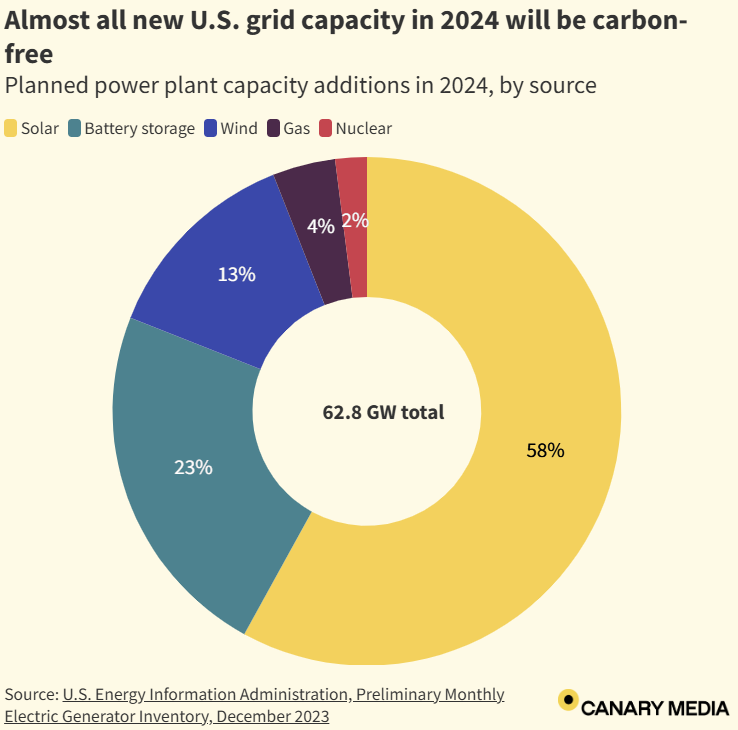
Thanks to President Biden’s transformative Inflation Reduction Act offering uncapped federal tax credits for clean energy development, America stands at the dawn of a historic surge in carbon-free power, with renewables plus nuclear accounting for a whopping 96% of all new electricity-generating capacity set to be built in 2024.
But even with all this progress, things could and should be going faster still. There’s one big remaining speed bump slowing down this epic renewable energy revolution: lack of power transmission lines.
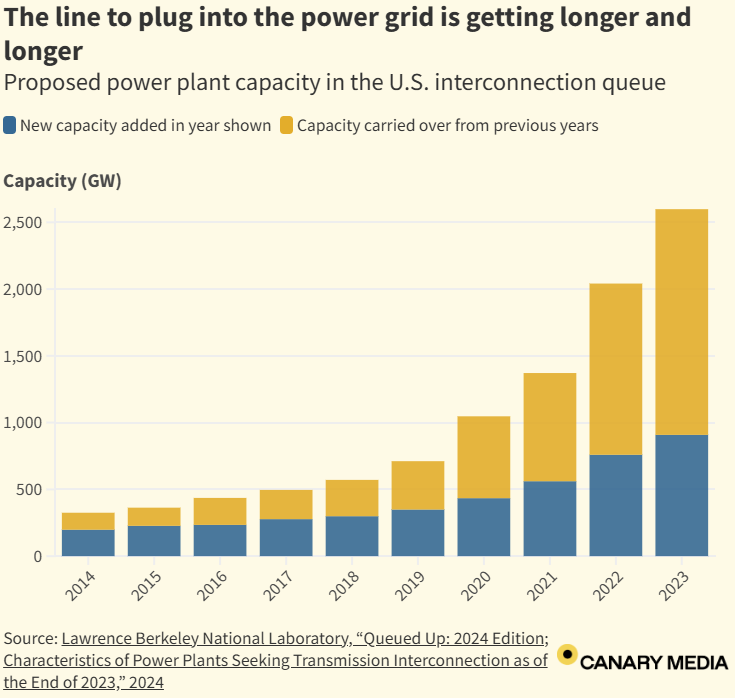
According to the Lawrence Berkeley National Laboratory, “over 1,480 GW1 of zero-carbon generating capacity is currently seeking transmission access.” That’s a GIGANTIC amount of proposed solar and wind projects that companies and cooperatives have already applied to build, but there’s not enough power lines to bring new electricity to consumers, resulting in a years-long waiting list for new renewables projects to plug in to the grid.
We need to do better.
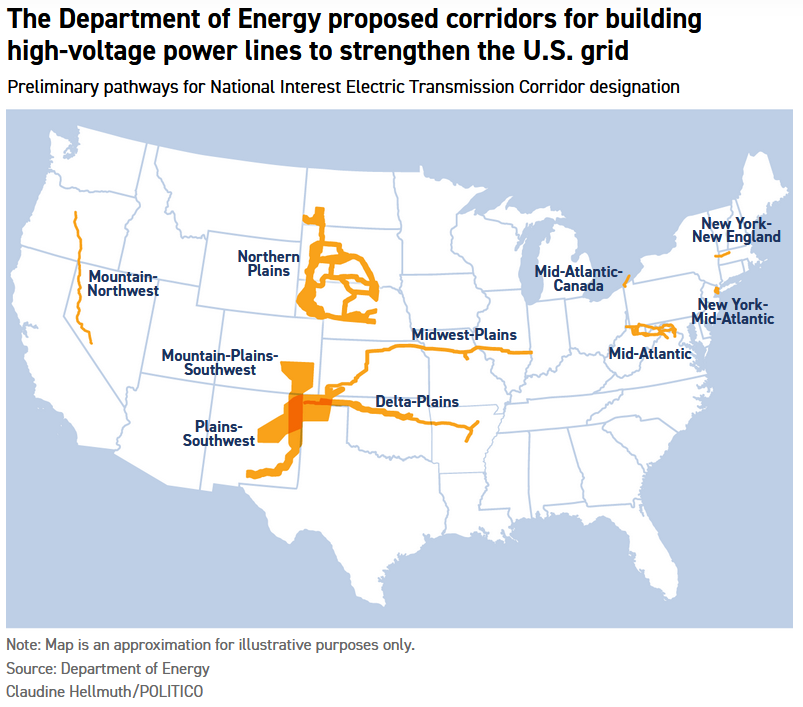
Fortunately, the Biden Administration is on the case, with transmission line buildout becoming an unprecedentedly high priority at the White House level.
In January 2023, Vice President Harris attended the groundbreaking of Ten West Link, a new power line approved in 2022 that will connect Central Arizona to Southern California.
In October 2023, the Biden Administration announced $1.3 billion in Bipartisan Infrastructure Law loans to speed the development of three new interstate transmission line projects, linking New England and Quebec, Utah and Nevada, and Arizona and New Mexico.
In April 2024, the Biden Administration celebrated the completion of the Ten West Link, unlocking 3,200 MW of new solar projects, and set a new goal of upgrading 100,000 miles of U.S. transmission lines in the next five years (plus a whole bunch of other pro-clean energy actions!).
And in May 2024, the Department of Energy released its long-term “corridors” strategy, identifying key “bottlenecks” where it hopes private investors will build new high-voltage power lines in upcoming years. However, the plan already faces opposition from conservative utility interests.
Next-Gen Power Cables: A Silver Bullet?
Furthermore, new technology is opening up an exciting possibility. What if, in addition to building more power lines to allow more electricity on the grid, we could simply make existing power lines carry more electricity per wire? A landmark new study calculates that “reconductoring” U.S. power lines by replacing standard steel wires with next-generation composite carbon fiber wires could provide up to 80% of the backlog-clearing new transmission we need, for half the price of building new power lines and without needing to acquire new right-of-way!
“We actually need stuff that can cook right now, right away…And the way to do that is by deploying grid-enhancing technologies, by reconductoring the lines that we have already strung up or buried across the country.”
-Ali Zaidi, White House National Climate Adviser
The Biden Administration is already working to make this idea possible, with a new Federal Energy Regulatory Commission (FERC) rule released in May 2024. Among other key points, the new rule allows the replacement of power line sections longer than 20 miles to proceed without a lengthy (and easily hijack-able by fossil fuel interests) NEPA environmental review process, and explicitly requires transmission line operators to consider using awesome new technologies like reconductoring.
Furthermore, 21 U.S. Climate Alliance states are already talking with the federal government about grid advances, and a few like Illinois, Virginia, and Minnesota are already working to establish new laws and regulations to push utilities to try reconductoring. More states might follow.
Power lines may not be the most dramatic or attention-grabbing of subjects, but right now they’re one of the most important fronts on which to advance America’s great decarbonization.
We need to call on state leaders to support to support the Biden Administration’s corridor plans and get to work on reconductoring!
Stay up to date with all our climate actions by downloading the CAN App!
1 gigawatt (GW) equals 1,000 megawatts (MW). 1,480 GW equals 1,480,000 MW!




